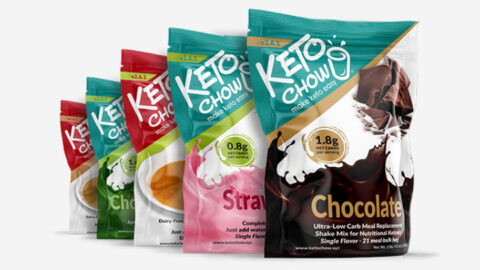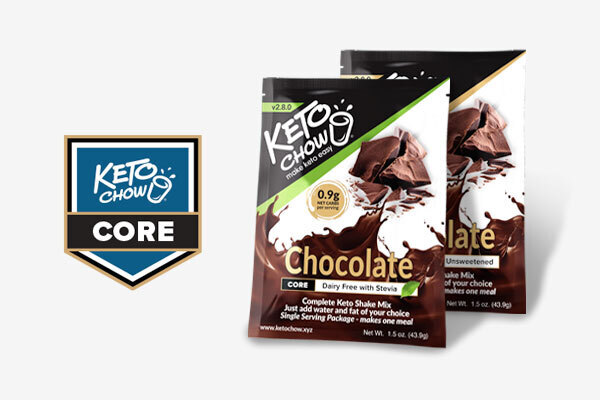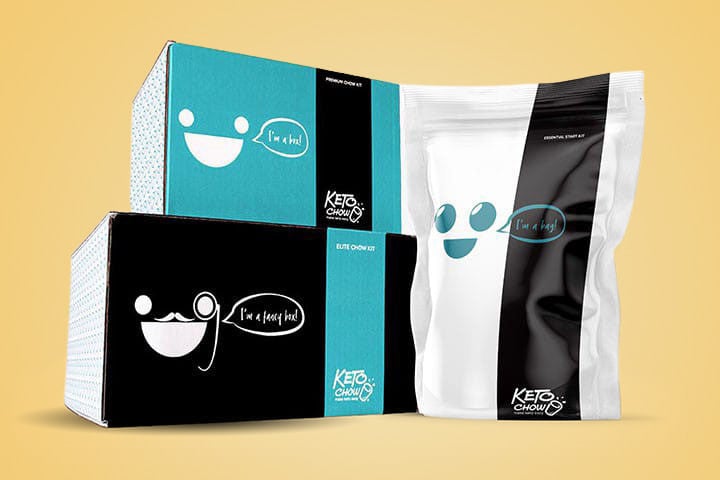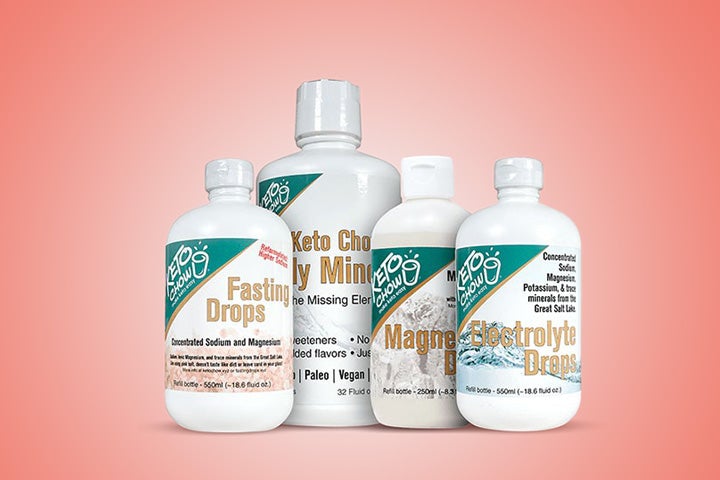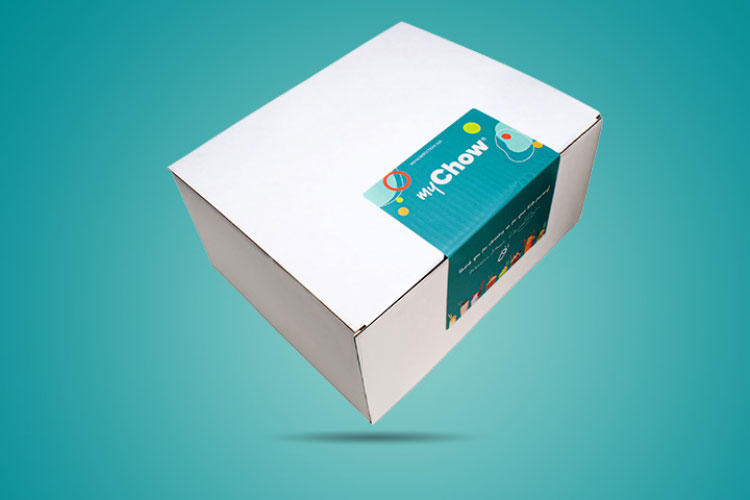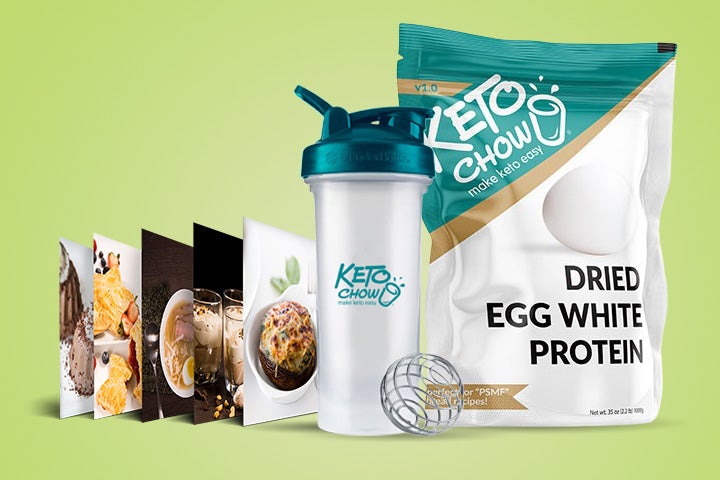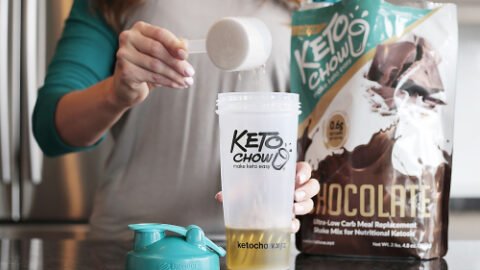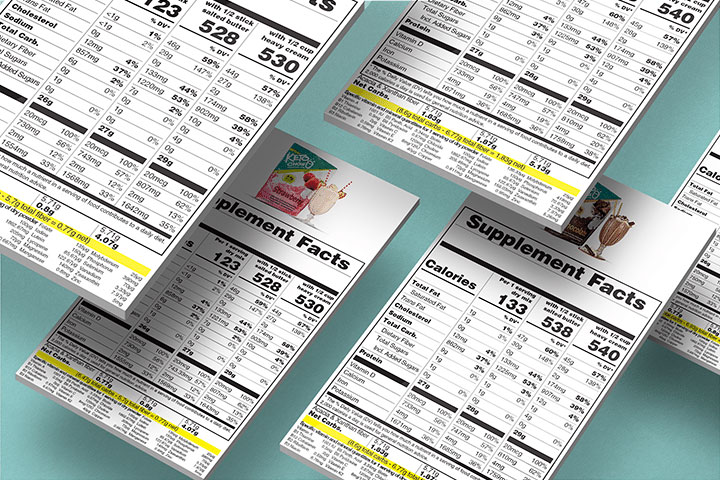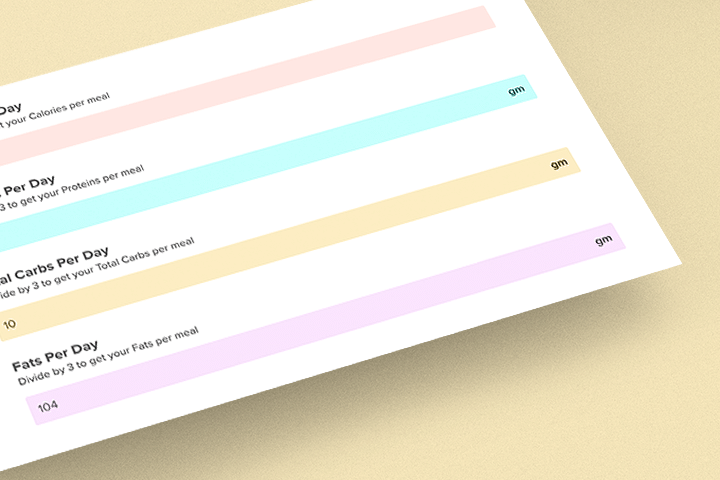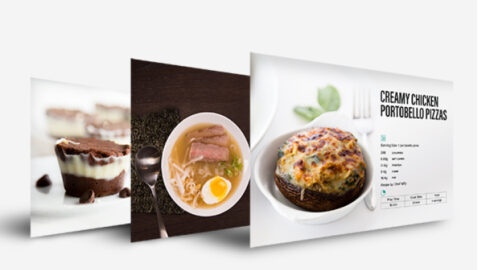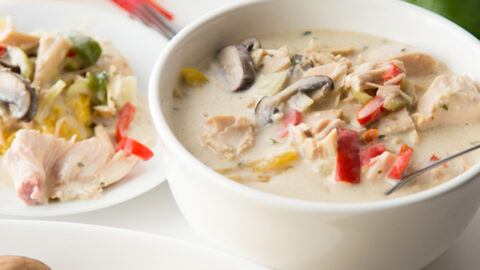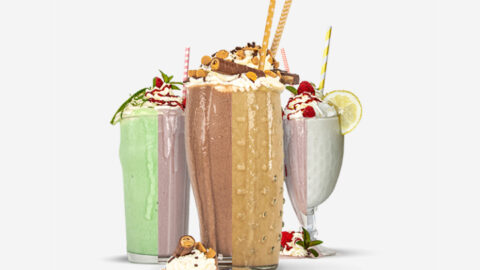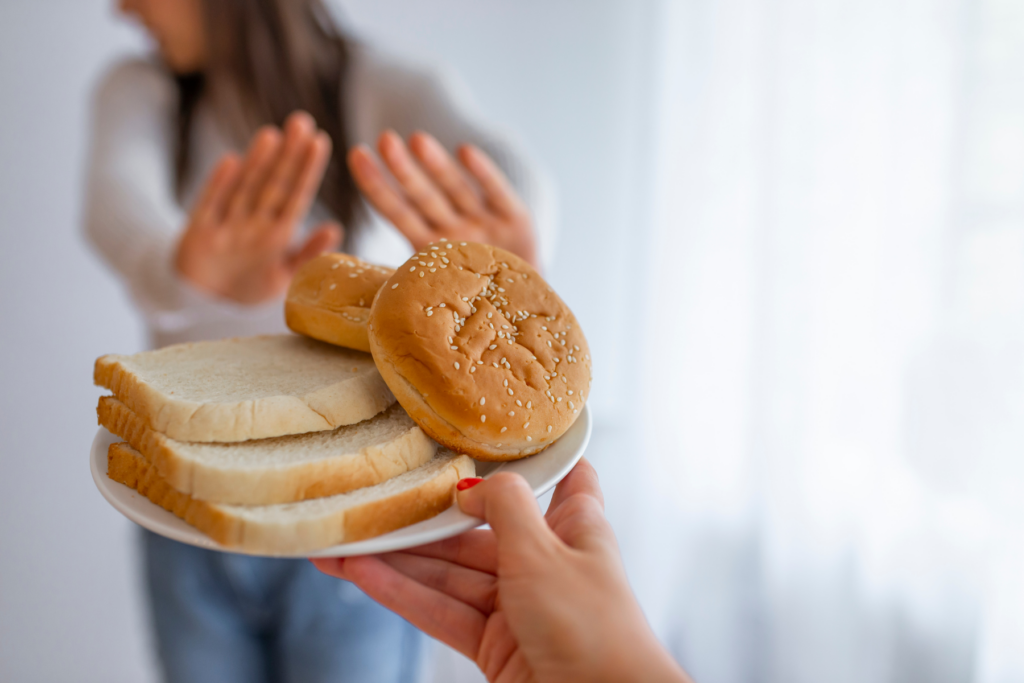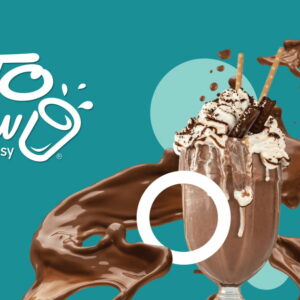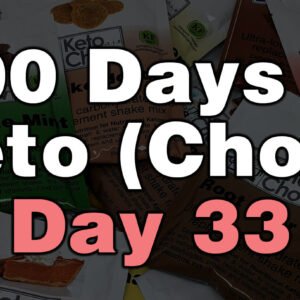We’ve covered the difference between the two in another post. But today let’s look at how to go gluten free successfully.
Why gluten free?

Some people show interest in eating a gluten-free diet because they think it will be healthier than the standard American diet. Sometimes it can be. But like most things, the devil is in the details. Many gluten-free alternatives have extra sugar, added starches (like potato starch), and flours that are even higher in carbs than traditional white flour.
A desire to eat healthier is, of course, not the only reason someone may kick gluten to the curb.
Celiac disease is a relatively common autoimmune disease where even small amounts of gluten can cause serious damage to the patient’s small intestine. Gastrointestinal distress from gluten intolerance is also quite common, so a lot of us just have happier tummies without gluten. Some people with conditions caused by inflammation will also choose to remove it as part of an “anti-inflammatory diet.”
Whatever your situation is, it’s important to know what your “why” is. That will help you know both how quickly you need to remove gluten from your diet, and how strict you need to be moving forward.
The gradual approach

If gluten free is simply part of your transition to a healthier or ketogenic diet, you may find removing it little by little to be helpful. Start by substituting your pasta, for example, for a GF option, or start experimenting with the gluten-free breads available at the grocery stores to find one you like. Then maybe swap out your breakfast bagel for an omelet.
The cold turkey approach

If you have been diagnosed with celiac, or another health condition where doctors have recommended you immediately remove gluten, take a deep breath. It’s okay! It can feel overwhelming, but you’re not alone, and there are tons of fantastic recipes, foods, and resources to help you.
First step? Throw out that bag of white flour that’s sitting your cupboard. Seriously. Just throw it out. See? Now you’re making progress.
A good place to go from there is thinking of a few favorite meals that might already be GF.
Maybe there’s a roast chicken recipe you love that just requires the meat, some olive oil, salt, and pepper. Sweet! Maybe you make a mean stir fry with rice (cauliflower rice if you’re keto), soy sauce, some peppers, and mushrooms. Awesome! Just check whether your soy sauce is gluten free (more on that below), and you should be set!
Focusing on familiar meals that only require small tweaks (or maybe even no tweaks at all) is a great place to start.
You can also Google the menu of your favorite restaurants to see if they have any gluten-free dishes, too, so that you know you have options on a night out.
Ingredients to look for

Where does gluten live? You won’t usually see it on the list of ingredients, so what ingredients do you actually need to avoid?
- White flour, bread flour, etc.
- Any kind of wheat, including wheat bran, wheat starch, wheat germ, whole wheat flour
- Barley
- Rye
- Semolina
- Spelt
- Seitan
- Malt
- Vital wheat gluten
For a complete list, click here, but as you can see, most (if not all) of these ingredients would not be considered to be low carb or keto–making this transition much easier if you already live a low-carb lifestyle. However, there are some sneaky little places that gluten likes to hide that you may not expect…
Hidden gluten

Knowing what ingredients to avoid is key, but that’s only part of the battle. Some of those ingredients show up in really unexpected places. Like spies. Think of yourself as a spycatcher instead of a nutrition-label-reader, and the whole thing will be much more fun.
Here are some surprising foods that you may not expect would have gluten, but frequently do.
- Oats (oats are naturally gluten free, but are frequently cross-contaminated in processing, so you will generally want to find oats that are specifically labeled as gluten free)
- Soy sauce (yep–but luckily gluten-free soy sauce or tamari sauce are usually easy to find)
- Spice mixes
- Broths and stocks
- Sauces
- Canned soups (e.g. cream of mushroom, cream of chicken, etc.)
- Dressings
- Fried foods (they may have batter or coating that contains gluten)
- Vegetarian meat substitutes (many of these use flour and/or vital wheat gluten)
This is only a partial list, as some form of gluten can be added to almost anything. The Celiac Disease Foundation® provides the example that some restaurants will add pancake batter to their scrambled eggs! In other words, it is never safe to assume that something is gluten free.
This is why it is crucial to read the full list of ingredients for any item you purchase, or to check with any restaurant you eat at to find out what is truly gluten free.
Can I trust a gluten-free label?

Many gluten-free options you’ll find at the store (and sometimes even on a restaurant menu) are clearly labeled. The good news is that, unlike keto, gluten free is a term that is regulated by the FDA to meet specific standards. So if something is labeled as “certified gluten free” (like Keto Chow!), you can trust that it is, in fact, safe for someone who cannot eat gluten.
Any dietary change can take some time to adjust to–especially one as big as removing gluten! Just take things one step at a time and before you know it, you’ll be completely rocking that GF life.
Looking for a gluten-free meal that’s easy to make?
Then try Keto Chow! Keto Chow is a low carb, gluten free, high protein and sugar free shake mix that comes in over 30 flavors. It only takes minutes to make, and you’re getting 1/3 of your daily recommended nutrients.
Keto Chow is versatile, too. It can be added to a variety of different recipes, all of which are gluten free!
